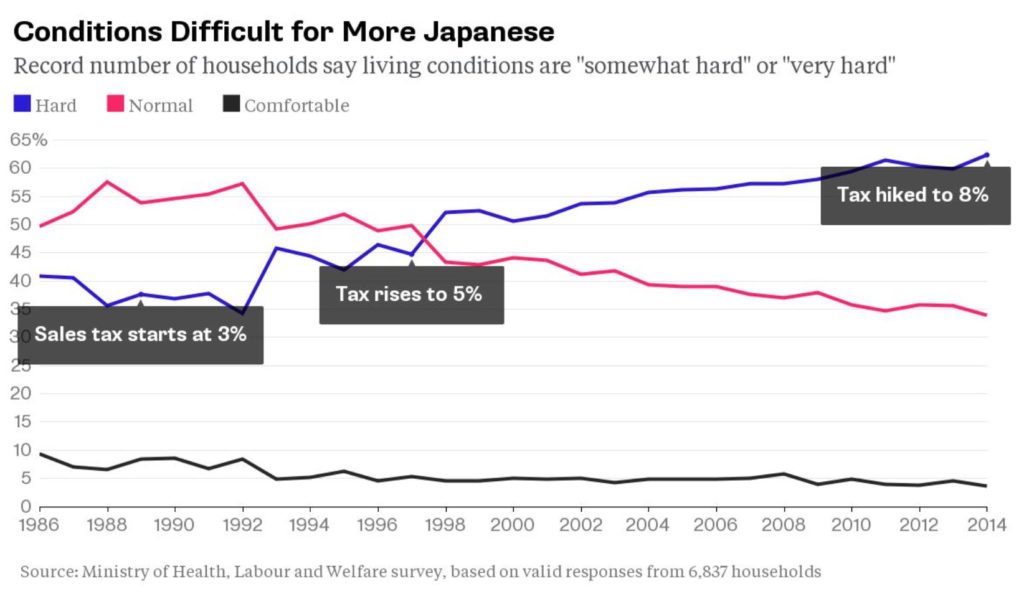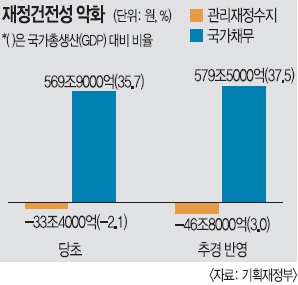From Identities.Mic:
The dominant conversation about women in science, technology, engineering and math is an undeniably depressing one. Not only are women currently underrepresented in and discriminated against in these fields, but rates of girls choosing to enter STEM is on the decline, too. While raising awareness about this troubling reality is certainly necessary, framing it as a lost cause does little to actually convince girls and women to pursue these careers.
A crucial element missing from this conversation, therefore, is visibility about the positive experiences that plenty of female scientists, engineers and mathematicians do, in fact, have. These professionals didn’t just enter their fields to contribute to a better overall statistic of representation — they did so for personal reasons, and they are reaping the benefits.
Here are just a few women’s reasons for going into STEM — and their advice for women looking to do the same.
http://mic.com/articles/121418/5-women-share-the-moment-they-decided-to-pursue-engineering

Occasionally, I’ll find myself trying to describe how a circuit works, and pencil and paper just won’t cut it. I need to show them not just how the circuit diagram looks, but how the voltage and current flows through the various components. Rather than take the time to build up a complicated SPICE simulation, there’s one tool that is perfect for quick circuit modeling: Paul Falstad’s Circuit Simulator Applet.
In just a few minutes, you can build complicated circuits, and place probe points for virtual oscilloscopes, resulting in an easy to understand visual diagram that shows voltage and current flow through the circuit. While there are other applications that do the same thing (such as SPICE, Qucs, or TINA), this one runs on Javascript in the browser, and it’s extremely easy to use.
http://makezine.com/2015/07/14/design-circuits-web-based-circuit-simulator/












